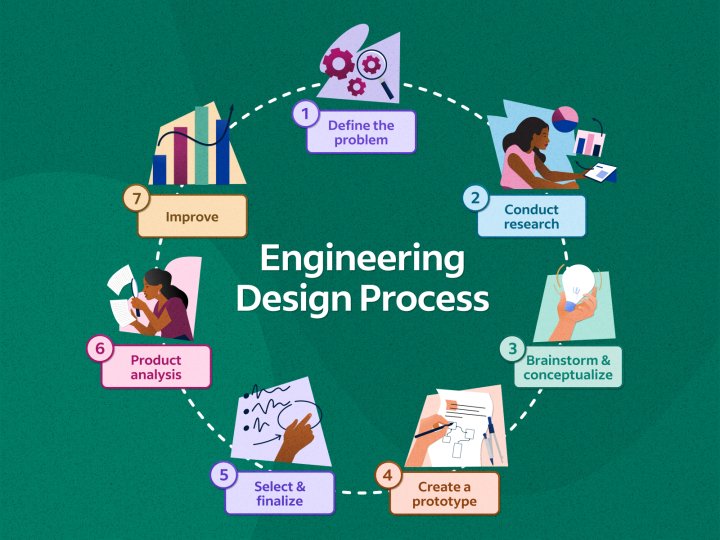Design Process and Collaboration Among Architects, Engineers, and Clients
- By -Peter
- Posted on
- Posted in Architectural Design
The design process in architecture is a collaborative endeavor that integrates the expertise of architects, engineers, and clients to transform concepts into reality. Here’s a comprehensive exploration of how these stakeholders work together to create exceptional architectural designs:\

Understanding the Roles
- Architects: Architects are the visionary creators who conceptualize designs, considering aesthetic appeal, functionality, and cultural context. They lead the design process, translating client aspirations into architectural solutions while adhering to regulatory requirements and environmental considerations.
- Engineers: Structural engineers play a pivotal role in ensuring the structural integrity and safety of architectural designs. They collaborate closely with architects to integrate engineering principles into design concepts, optimizing building performance and durability.
- Clients: Clients provide the foundation for architectural projects, articulating their needs, preferences, and project goals. Effective communication and collaboration between clients and design teams are essential for aligning expectations, managing budgets, and delivering successful outcomes.
Phases of the Design Process
- Pre-Design Phase: Architects and clients initiate discussions to define project objectives, conduct site analysis, and establish design parameters. Preliminary sketches and concept proposals are developed to outline the project vision.
- Design Development: Architects refine initial concepts into detailed designs, incorporating feedback from clients and collaborating with engineers to address technical requirements. This phase involves iterative refinement of floor plans, elevations, and 3D models to achieve design cohesion and functionality.
- Construction Documentation: Detailed drawings, specifications, and technical documents are prepared to guide construction activities. Engineers finalize structural calculations, mechanical systems, and material specifications, ensuring compliance with building codes and standards.
- Construction Administration: Architects oversee the construction process, collaborating with contractors, subcontractors, and project managers to monitor progress, address on-site challenges, and ensure adherence to design intent and quality standards.
Key Collaborative Strategies
- Integrated Design Approach: Foster interdisciplinary collaboration from project inception to completion, promoting shared decision-making and mutual respect among architects, engineers, and clients.
- Communication Protocols: Establish clear communication channels and regular project meetings to facilitate open dialogue, address concerns promptly, and maintain project momentum.
- Technology and Innovation: Embrace digital tools such as Building Information Modeling (BIM) and virtual reality (VR) to enhance collaboration, visualize design concepts, and streamline project workflows.
Achieving Design Excellence
Successful collaboration between architects, engineers, and clients is fundamental to achieving design excellence and delivering architectural projects that inspire, innovate, and endure. By leveraging their collective expertise, creativity, and collaborative spirit, stakeholders contribute to creating sustainable, functional, and aesthetically pleasing built environments that enrich communities and stand the test of time.
Conclusion
The synergy between architects, engineers, and clients forms the cornerstone of successful architectural design projects. Through effective collaboration, shared vision, and a commitment to innovation, these stakeholders navigate complexities, overcome challenges, and transform aspirations into architectural masterpieces that shape our urban landscapes and cultural identities.



